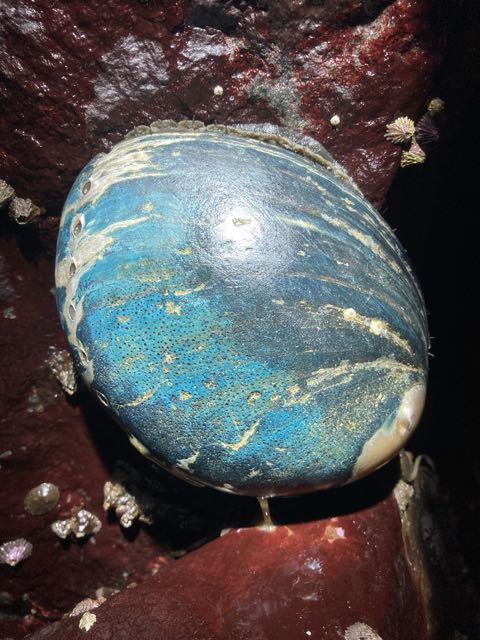
NOAA’s National Marine Fisheries (NMFS) West Coast Region developed the Recovery Plan for black abalone in cooperation with a recovery team consisting of experts from the California Department of Fish and Wildlife, Monterey Bay National Marine Sanctuary, NMFS Northwest Fisheries Science Center and Southwest Fisheries Science Center, National Park Service, Tenera Environmental, University of California at Santa Cruz, University of California at Davis Bodega Marine Laboratory, University of Oregon, University of Rhode Island, University of Washington, and U.S. Geological Survey.
NMFS’ goal is to restore black abalone populations in the wild to the point where it is a self-sustaining species that no longer needs the protections of the ESA. The Recovery Plan gives a brief background on the natural history, status, and threats to black abalone. The Recovery Plan lays out a recovery strategy to address the threats based on the best available science, identifies site-specific actions with time lines and costs, and includes demographic and threats-based recovery criteria to gauge progress toward recovery. Demographic recovery criteria describe the characteristics of recovered, viable black abalone populations, and threats-based recovery criteria represent the conditions needed to minimize the impacts of threats and support the species’ long-term viability.
The Recovery Plan is available from the Institutional Repository at the NOAA Library at: https://repository.library.noaa.gov/view/noaa/27415